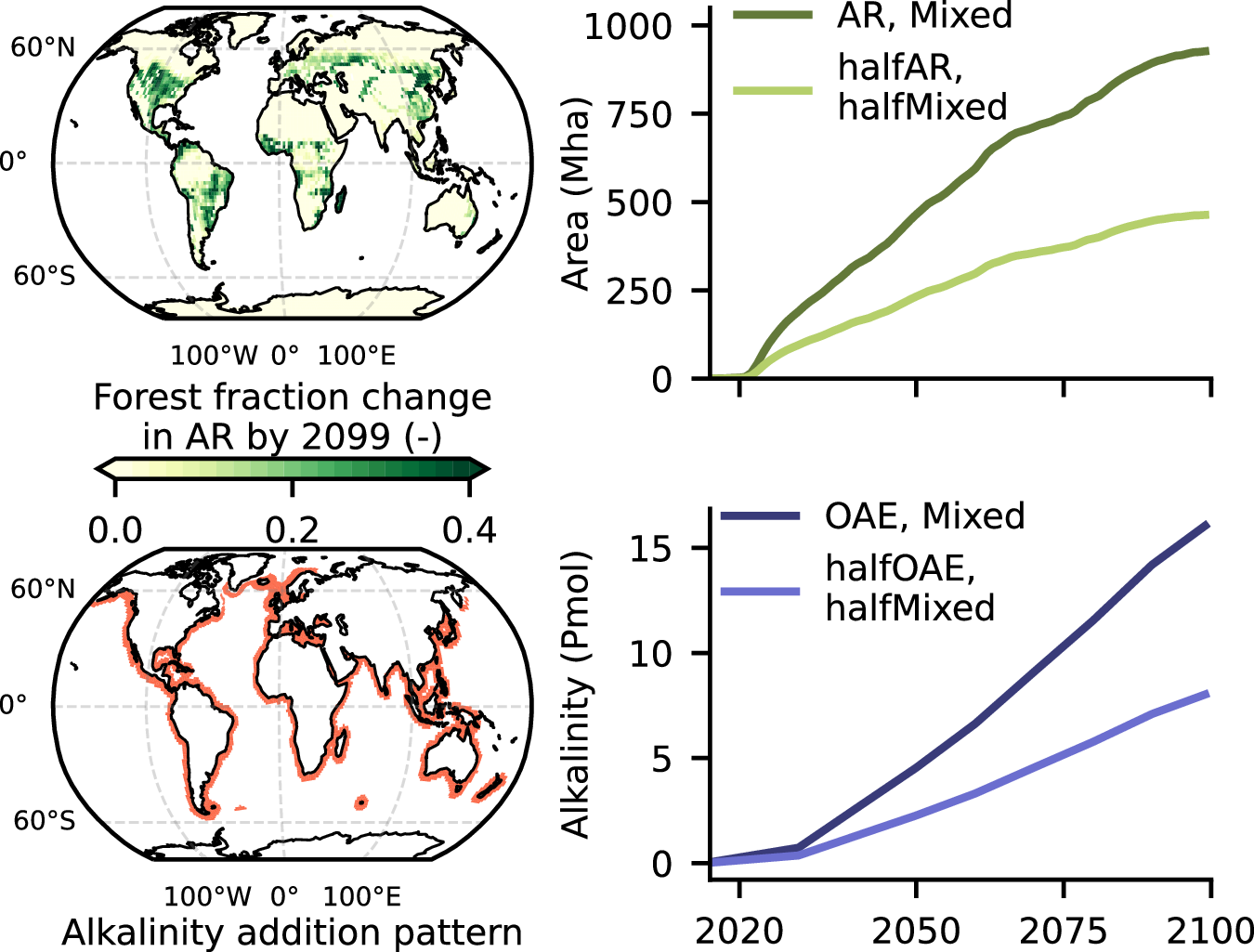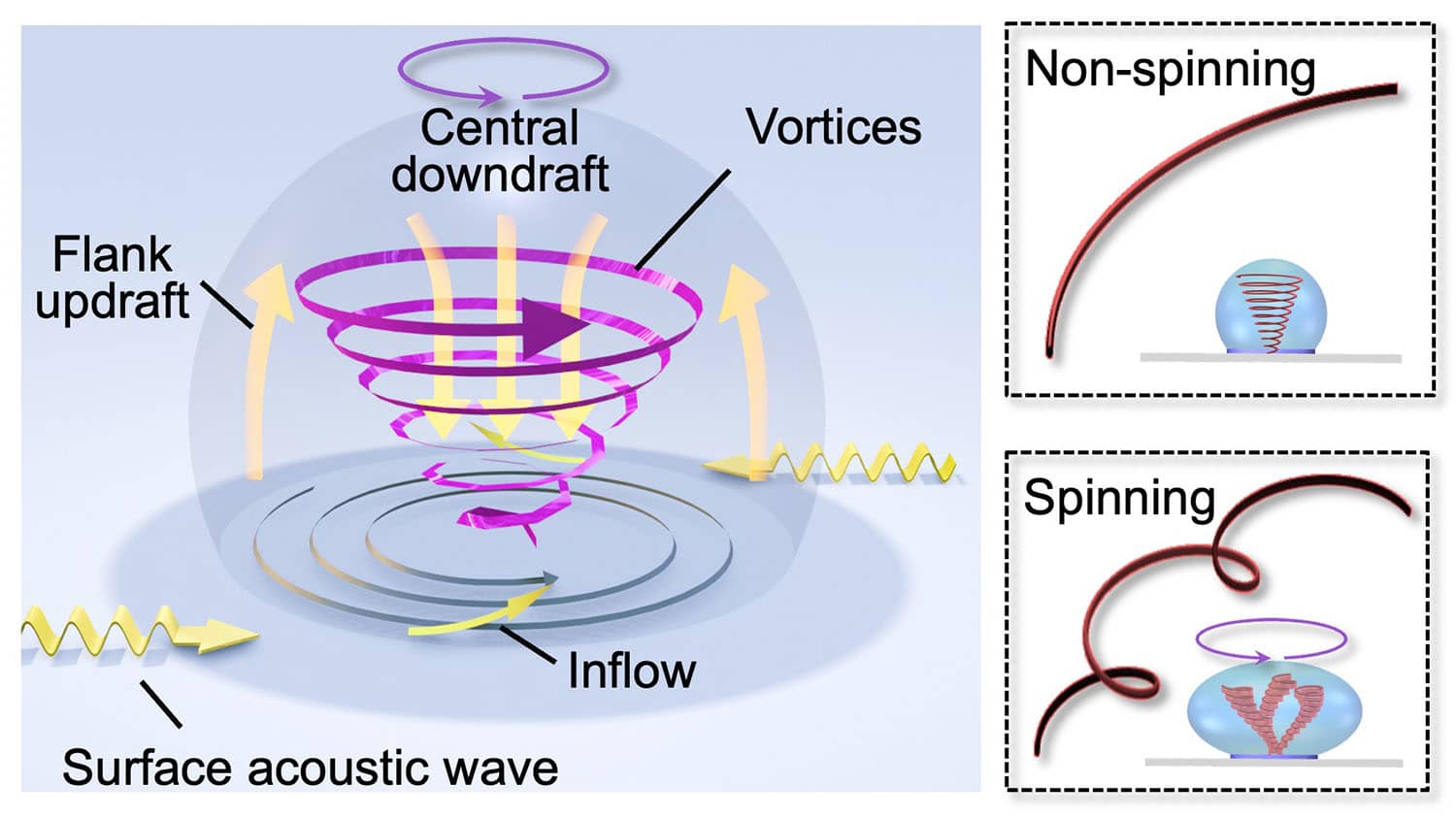2025-05-21 カリフォルニア工科大学(Caltech)
カリフォルニア工科大学(Caltech)の研究チームは、ロサンゼルスのスモッグの主要成分である硝酸アンモニウムの濃度を正確に測定し、従来の推定よりも高濃度で存在することを明らかにしました。この化学物質は、窒素酸化物(NOx)とアンモニアが反応して生成され、特に大気汚染が深刻な日に多く観測されました。研究は、全国の大気質を継続的に監視するASCENTネットワークの一部であるピコ・リベラ観測所で行われました。
硝酸アンモニウムは、温度や圧力に敏感で従来のセンサーでは測定が困難でしたが、ASCENTの先進的な機器により、正確な測定が可能となりました。この発見は、NOx排出のさらなる削減が必要であることを示唆しており、電動車両や電動機器の導入が効果的な対策となる可能性があります。研究成果は、2025年5月21日に『Science Advances』誌に掲載されました。
<関連情報>
- https://www.caltech.edu/about/news/measuring-a-major-chemical-contributing-to-los-angeles-smog
- https://www.science.org/doi/10.1126/sciadv.adt8957
硝酸アンモニウムの定量化が不十分な傾向は、将来の都市エアロゾル対策戦略を理解する上で重要である Poorly quantified trends in ammonium nitrate remain critical to understand future urban aerosol control strategies
Ryan X. Ward, Haroula D. Baliaka, Benjamin C. Schulze, Gaige H. Kerr, […] , and John H. Seinfeld
Science Advances Published:21 May 2025
DOI:https://doi.org/10.1126/sciadv.adt8957

Abstract
Despite decades of progress in reducing nitrogen oxide (NOx) emissions, ammonium nitrate (AN) remains the primary inorganic component of particulate matter (PM) in Los Angeles (LA). Using aerosol mass spectrometry over multiple years in LA illustrates the controlling dynamics of AN and their evolution over the past decades. These data suggest that much of the nitric acid (HNO3) production required to produce AN in LA occurs during the nighttime via heterogeneous hydrolysis of N2O5. Further, we show that US Environmental Protection Agency–codified techniques for measuring total PM2.5 fail to quantify the AN component, while low-cost optical sensors demonstrate good agreement. While previous studies suggest that declining NOx has reduced AN, we show that HNO3 formation is still substantial and leads to the formation of many tens of micrograms per cubic meter of AN aerosol. Continued focus on reductions in NOx will help meet the PM2.5 standards in the LA basin and many other regions.



